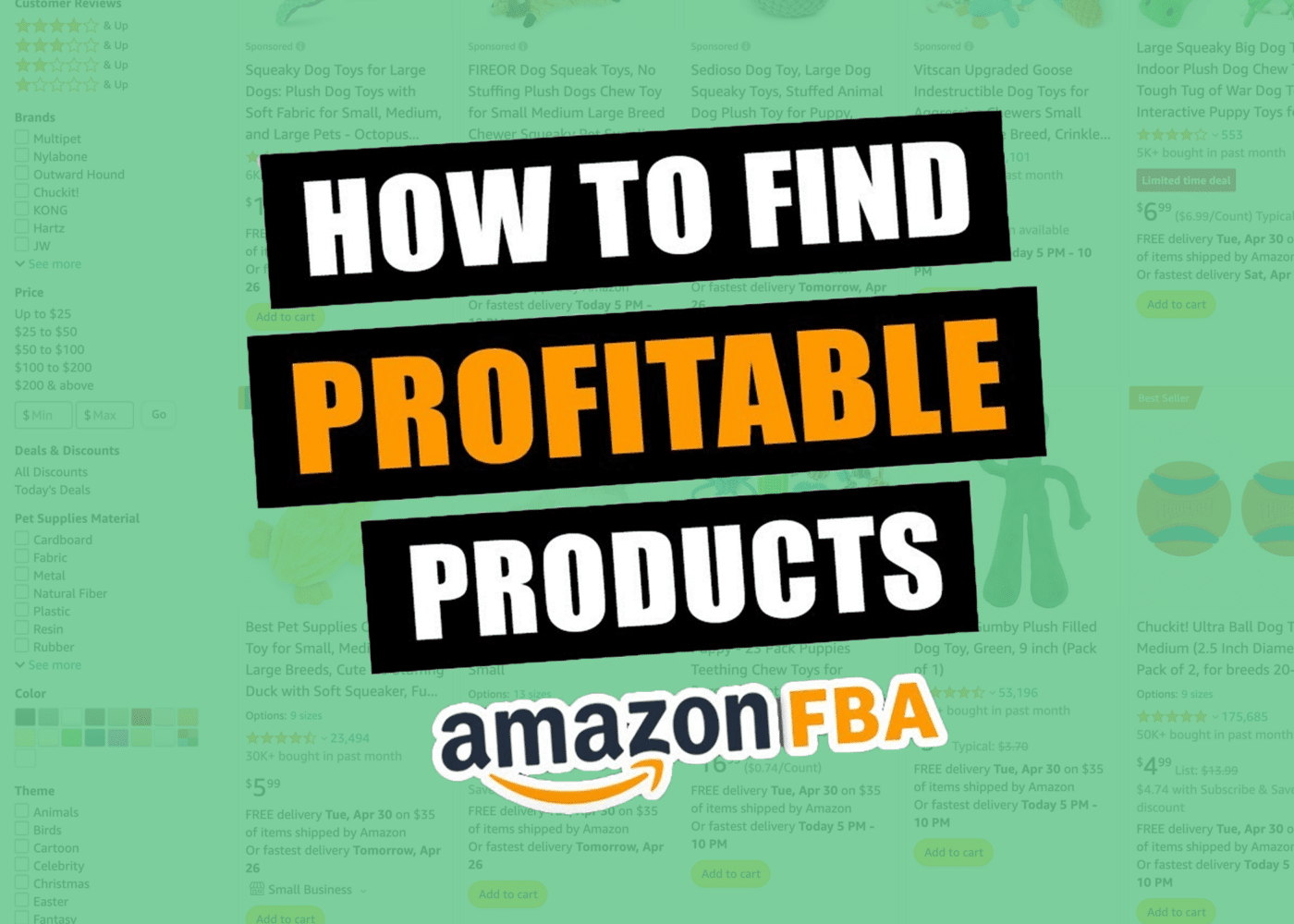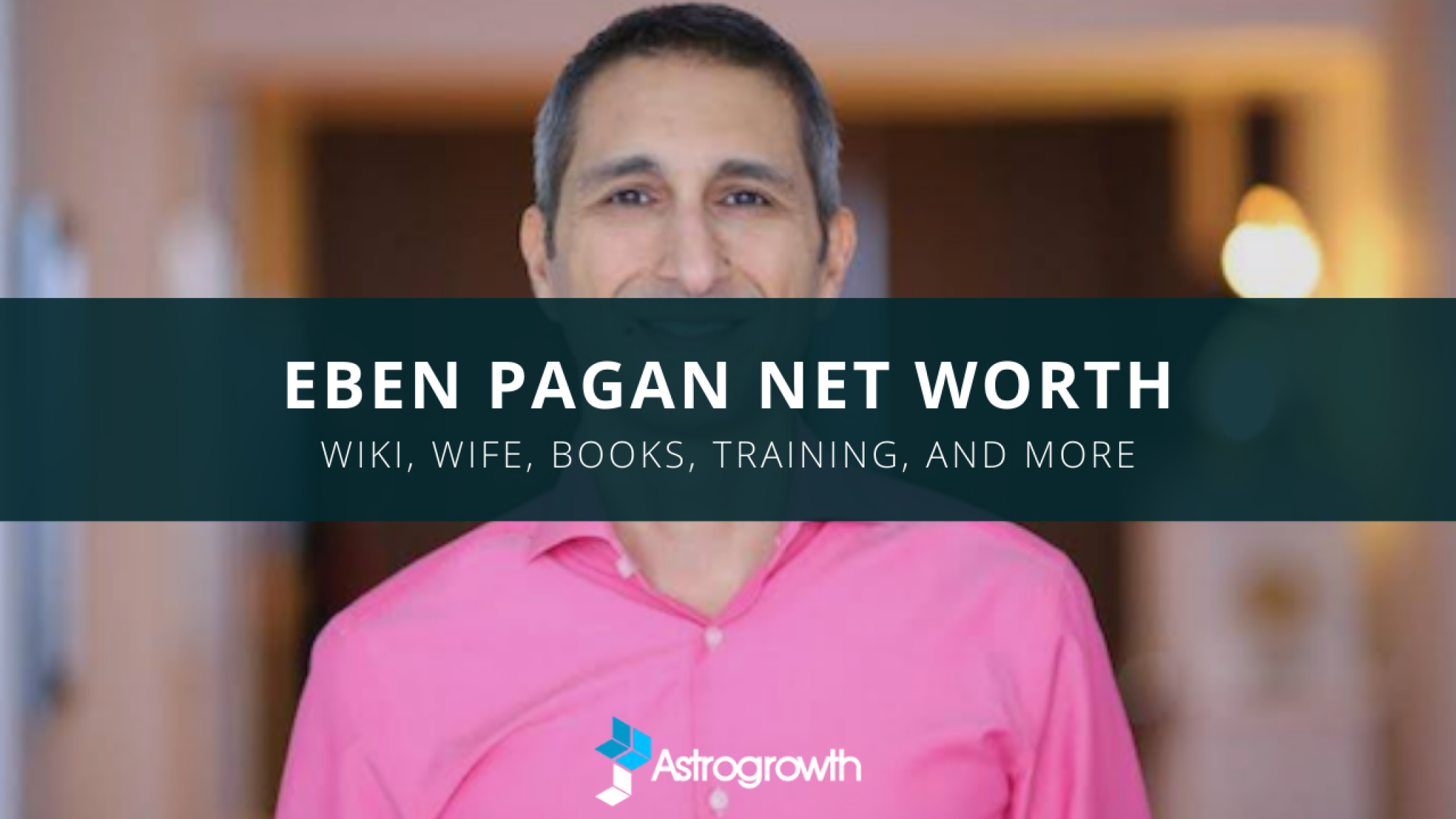If you are running a startup, you will agree that finding your initial few customers is extremely difficult.
You need to hustle a lot to get early adopters' attention.
And that's when the problem starts.
Most of the time, this hustle happens in the wrong direction. That makes your go-to-market slow, requiring more experimentation at your end to get it right.
That was precisely my challenge when I started OnPage Champ, a SaaS tool for on-page SEO analysis.
My major hustle has been on social media where, in spite of posting excellent blog content and stunning graphics, I couldn't manage to catch the attention of my target audience.
That's when I realized my mistakes and flipped my social media strategy on its head.
This blog is a detailed writeup of the social media hacks I used to get 100+ beta users for OnPage Champ, in the very first week of its launch.
Table of Contents
5 Social Media Marketing Tactics to Build Early Traction
#1. Start with Quora
When it comes to organic and qualified long term traffic from social media, there is no better platform than Quora.
It's fantastic, especially when your business is in its early days, and you don't have any traffic on your website.
If you choose the questions carefully, you can get highly qualified traffic to your website by the time you are out in the market with your product.
And that too, for some of the most competitive keywords in the industry.
Traffic from Quora usually converts considerably well. t
My strategy on Quora
It’s because users are already looking for an answer to their problems. Your product/service can be their solution.
My strategy on Quora is to answer questions that directly or indirectly relate to my industry.
The only criteria I used is that the question should interest my target audience.
Plus, I never try to hard-sell on Quora. I focus on writing informative and actionable content, and at times, I make a very soft pitch for OnPage Champ.
You can have a look at one of my posts below where I am suggesting a user why not buy paid SEO tools (in spite of me also offering an SEO tool).
Act a little smart, and you can actually use content from Quora and repurpose it on other social media channels.
Here’s one such example of a post (that I repurposed from Quora on to LinkedIn), and that generated more than 150 likes in just a week.
Thanks to my usage of the right hashtags, a number of these likes are from my target audience (of SEOs/digital marketers/startup founders).
This helped me gain massive visibility and traffic to the website. Moreover, the search volume of my brand name increased on Google, possibly due to posts like these.
Now when was the last time your post generated this much engagement on Linkedin?
#2. Start building a personal brand
This is probably one thing that most of the early-stage founders ignore when it comes to social media strategy.
I was in the same boat, churning out content after content and pushing it down my brand profile pages, hoping for someone to like and share. Unfortunately, not many did.
That’s when the realization struck.
My approach to social media was all wrong.
If you are an unknown brand, focus on building your personal brand first, right from day 1.
Use social media to engage with your immediate network so that they become your evangelists.
The best way to engage is to tell stories about your business learning, your successes, your failures, your day to day challenges, and so on.
As humans, we have an innate desire to know what’s happening in the lives of others.
Use that to your advantage.
Put yourself first and your brand second, and see the magic happen.
How I am building my personal brand?
I use storytelling to build my personal brand on LinkedIn.
It generates engagement on my posts and with every like & share, helps me put myself and my brand in front of others.
And that eventually helps me get new audiences, new signups, and new engaged users.
I launched OnPage Champ on 1st July 2019. Here are my social media traffic stats for the first three months.
During this period, 90% of my website social media traffic is from Facebook and LinkedIn, all thanks to some well thought (and well-executed) personal branding exercise.

Want to see the results that this exercise generated?
Read my detailed blog on how I increased the social media effectiveness of OnPage Champ purely through personal branding.
#3. Show appreciation (and connect aggressively)
Get social.
Connect aggressively with your target audience.
Spend an hour daily to find new people in your target audience. Learn about them and engage with them.
Engage with their posts. Comment on them. Show them your presence.
Once they start noticing you, your personal branding will take over, and they can’t miss to notice you next time.
My strategy for making new connects
Every day, I consume a lot of content on digital marketing and SEO.
As part of the process, I do send ‘thank you' emails and connection requests to people whose content I find helpful.
These people are not just awesome connects to learn from but are also prospective users of my SEO tool.
The idea is to make connections, generate engagement, and then drive them towards your product/service.
Here’s one such example of the email I sent as part of this process.
Here’s how things went further.
It is slow, I agree. But it works beautifully well.
#4. Ask for feedback (in relevant groups)
You are looking for users to try out your product.
You go to a Facebook or LinkedIn group (with some 10k members), and you ask the group members for feedback.
Now comes the real challenge:-
- Your post gets rejected by the admin of the group
- Even if it gets approved, you get hardly a dozen signups (out of the 10k group members)
- Your request for feedback soon gets buried under other posts and eventually dies
- You blame the group members (and Facebook) for the poor show
Now let me show you my results before I explain how you can do it better.
My strategy to ask for feedback online
Here’s how I asked for feedback on one of the groups on Facebook. See the engagement it generated.
Asking for feedback is an art in itself.
When you ask for feedback on the internet, don’t just ask for random feedback.
Make your request super pointed. Include important details like
- Your target audience (because you want feedback from a relevant audience)
- The type of feedback you want from them (bad UI is not a feedback, it’s a fact)
- The stage of your product maturity (so that you set the right expectations)
- And finally, what’s the action you want your target audience to take (the CTA)
The idea behind is to attract the right audience towards your product so that the probability of them signing up increases multifold.
Thanks to Lindsay Tabas for her video on how to ask for feedback. That was my inspiration for writing an effective feedback copy.
Bonus tip 1: How to ensure your post doesn’t die in Facebook Groups?
Make commenting as your user call-to-action.
When someone comments on your post in a group, Facebook will push it back to the top, thereby resulting in more eyeballs (and more signups).
Bonus tip 2: How to ensure your post gets approved in social media groups?
Simple.
Hunt for the admin and send him/her a direct message.
Ask for their permission to post in the group. Assure them that you are not a spammer but someone who is looking for genuine feedback.
You will get their approval 99% of the time.
#5. Be ready to help (and then ask for help)
This strategy is similar to what I talked for Quora, except that it now happens within Facebook and LinkedIn groups.
Spend some time on groups listening to the problems that people post.
If you can help them, do it right away. If you have faced a similar challenge, tell them how you solved it. If your product can help them overcome it, offer them a solution.
You would need to spend time, but you can expect to catch some excellent leads through this exercise.
A case in point
I derive most of my website traffic through social media groups.
And that doesn’t happen by forcing my website links.
That happens by actively commenting on posts and helping my fellow group members.
I try to include OnPage Champ as part of my answer, as highlighted below. Again, this drives a lot of traffic back to my website.
Give first. You will automatically get it.
Here’s my answer to one of the groups, explaining how non-tech founders can get started with tech products.

Closing words
If you are like me (a founder of a bootstrapped startup), I am sure you are on a shoestring budget.
Therefore, running social media ads is out of your purview right now.
Thanks to the above-mentioned hacks, you can now get some initial traction to your website.
These exact hacks helped me get 100+ email verified beta users for OnPage Champ, in the first week of launch itself.
I accept that these things take time to build, but let me assure you that all these work like a charm.
All that is required is a lot of hustle.
Happy hustling.







